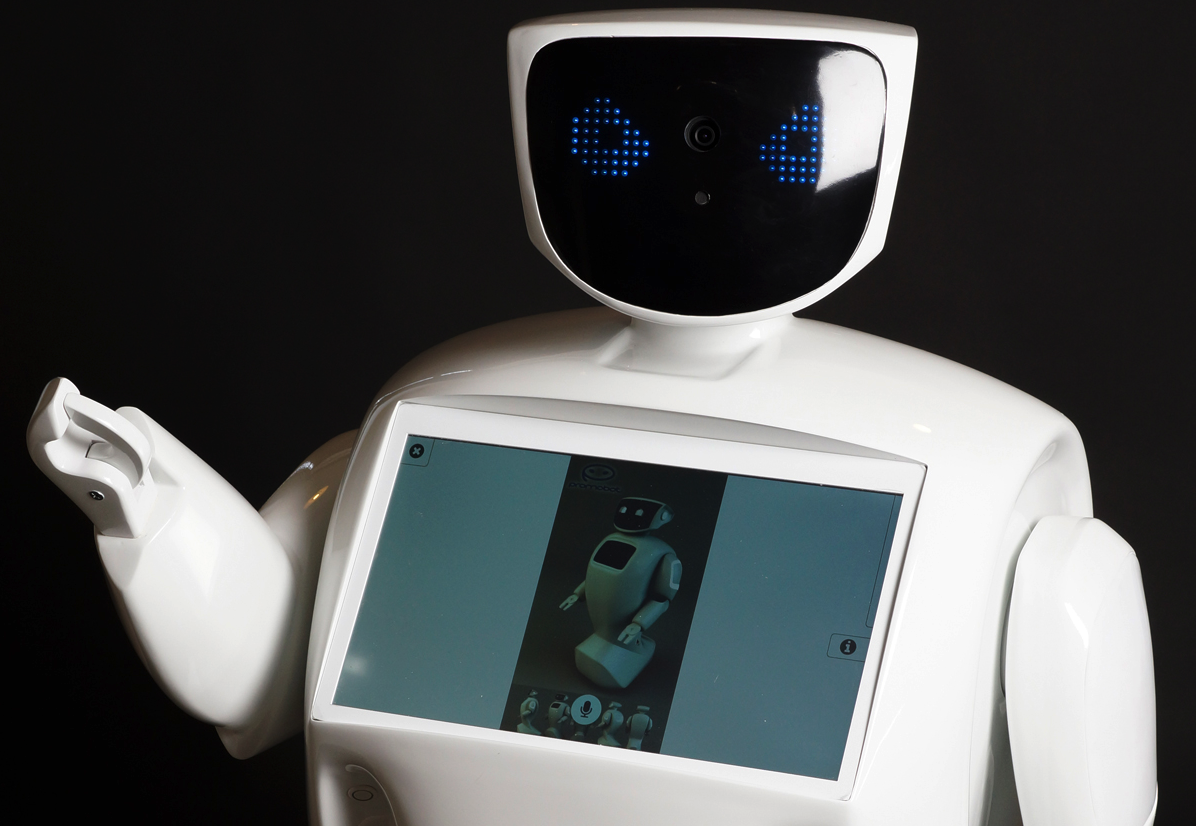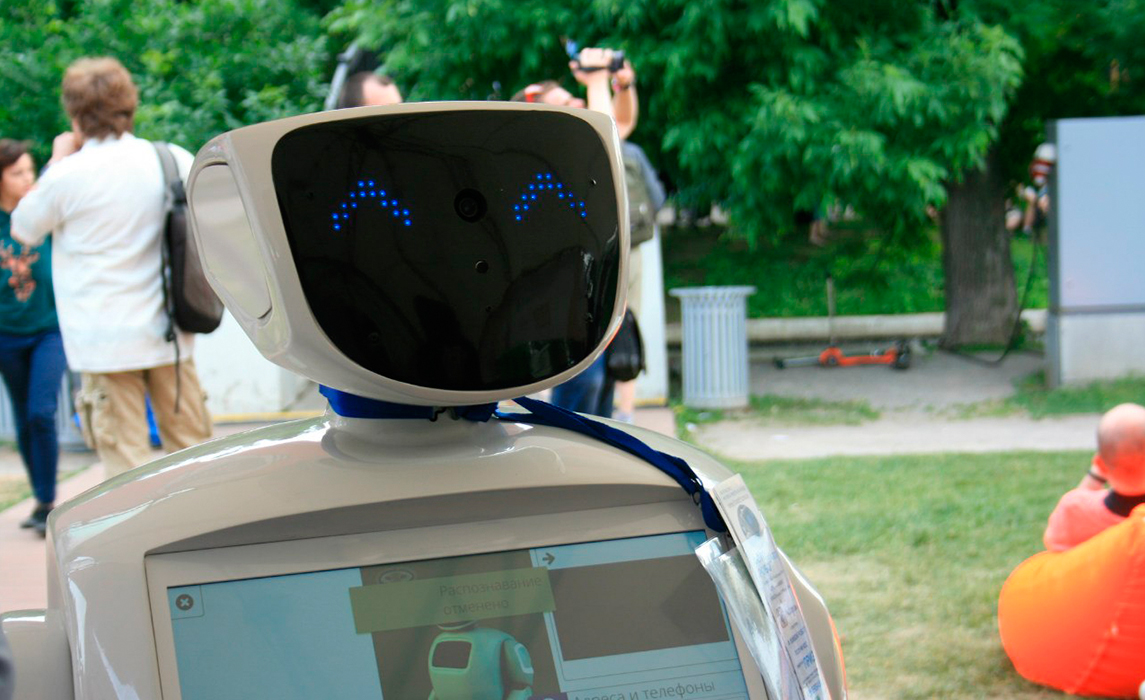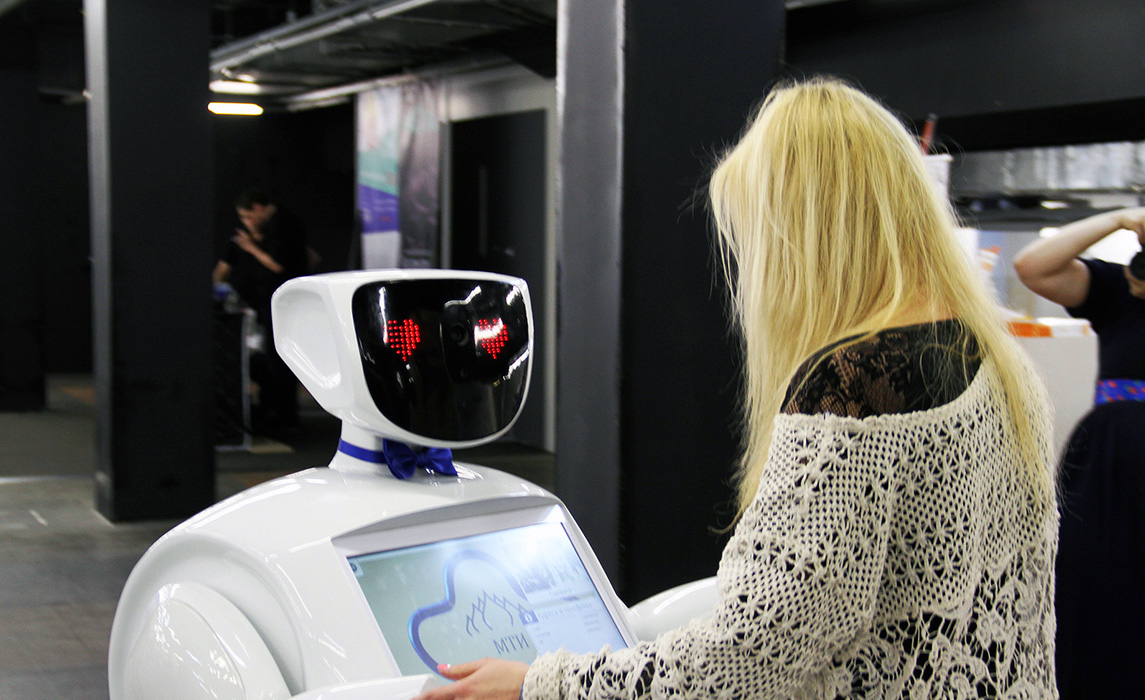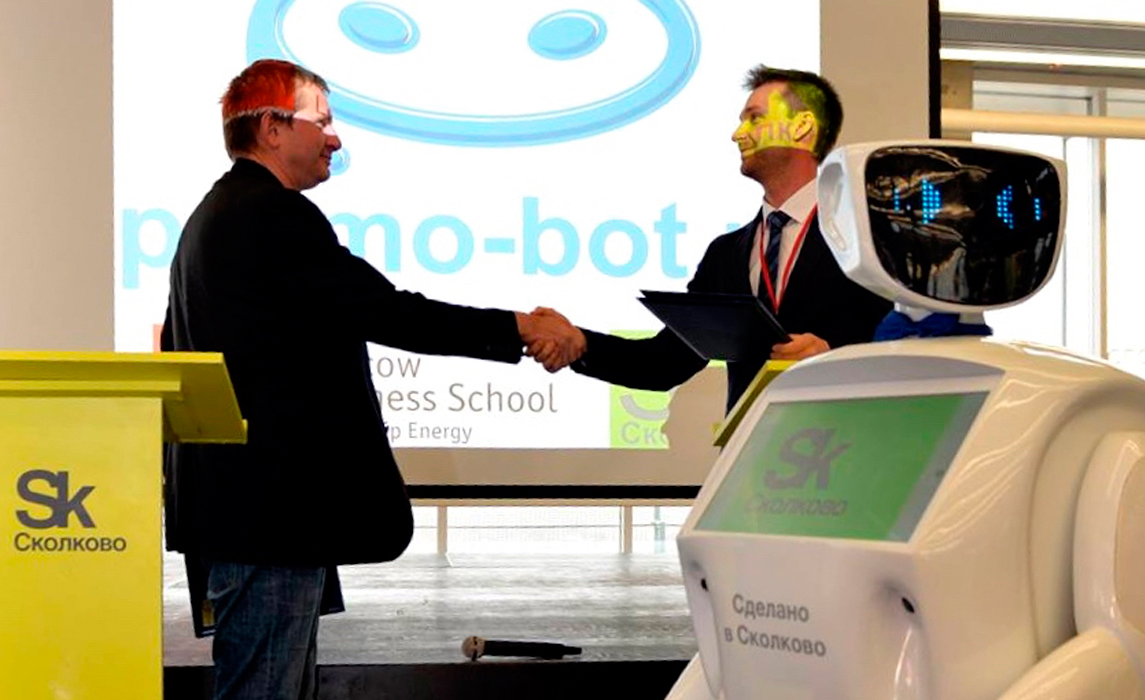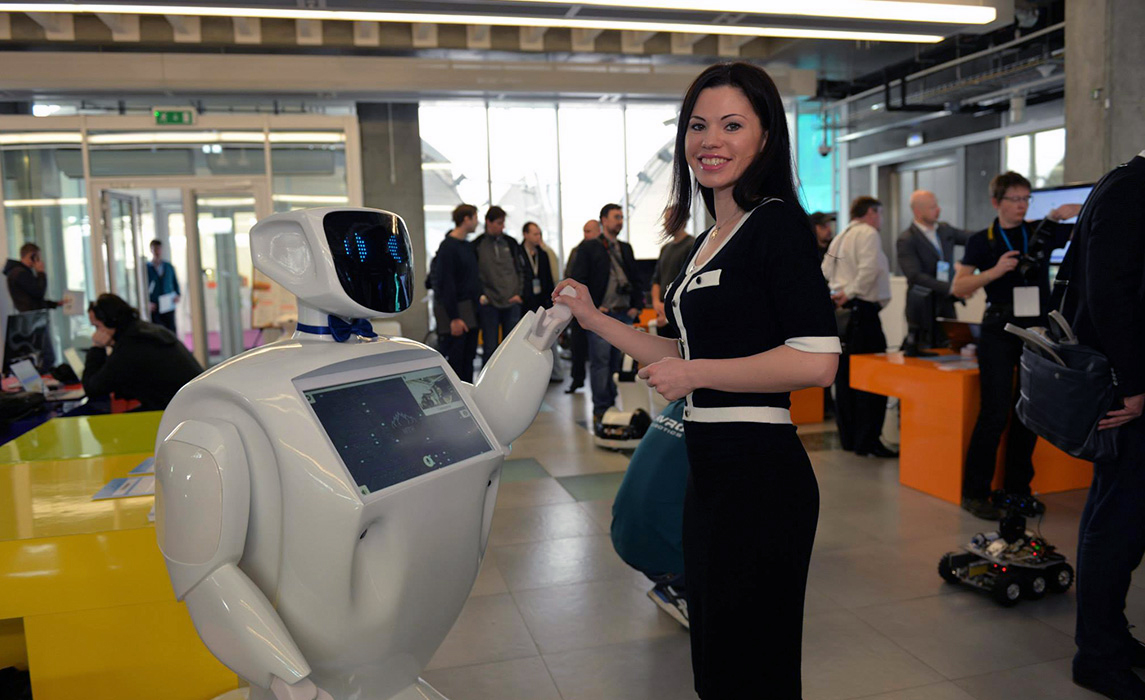“Everything stopped,” Oleg Kivokurtsev, Promobot’s co-founder, tells Digital Trends. “It’s not every day that people meet a robot, I guess. There was a small traffic jam and one person called the police.”
Fortunately (or unfortunately, depending on your perspective), Promobot’s quest for freedom was short-lived since, upon crossing the road, it promptly ran out of batteries. Its escape wasn’t exactly the stuff of prison break movies either, but the fault of an engineer who was putting the bot through its paces.
“We were testing the robot when one of our engineers opened the door to come into our office and then forgot to close it again,” Kivokurtsev continues. “With the door open, the robot escaped and made its way to the road.”
When it’s not escaping from its human overlords, Kivokurtsev says that Promobot — short for “Promotional Robot” — is intended to work in customer relations. Approximately 200 similar robots are already in use in countries including Russia, China, Kazakhstan, Ireland, and the Czech Republic. They are employed in expo centers, theaters and business centers. “The idea is that you can ask them a question, such as ‘Where is the food court?’ and they will be able to not only tell you, but actually go there with you.”
Technologically Promobot has a number of clever features, including voice and facial recognition. “You can tell Promobot your name and, next time you come into contact with him, he will greet you by it and remember what you asked,” Kivokurtsev says.
He adds that Promobot can increase sales and customer loyalty. “He is always smiling and is never ill. He’s one of the best robots in his category.”
Now if only his creators could solve that whole pesky “need to escape my human captors as soon as possible” problem!
Editors' Recommendations
- Roomba attempts great escape from budget hotel
- Rocket Lab shows off Rosie, its rocket-building robot
- How robotic exoskeletons can help paraplegic patients heal from injuries
- Ballie is a rolling robot from Samsung that can help around the smart home
- Philisophical Russian-built robot is headed to the International Space Station
